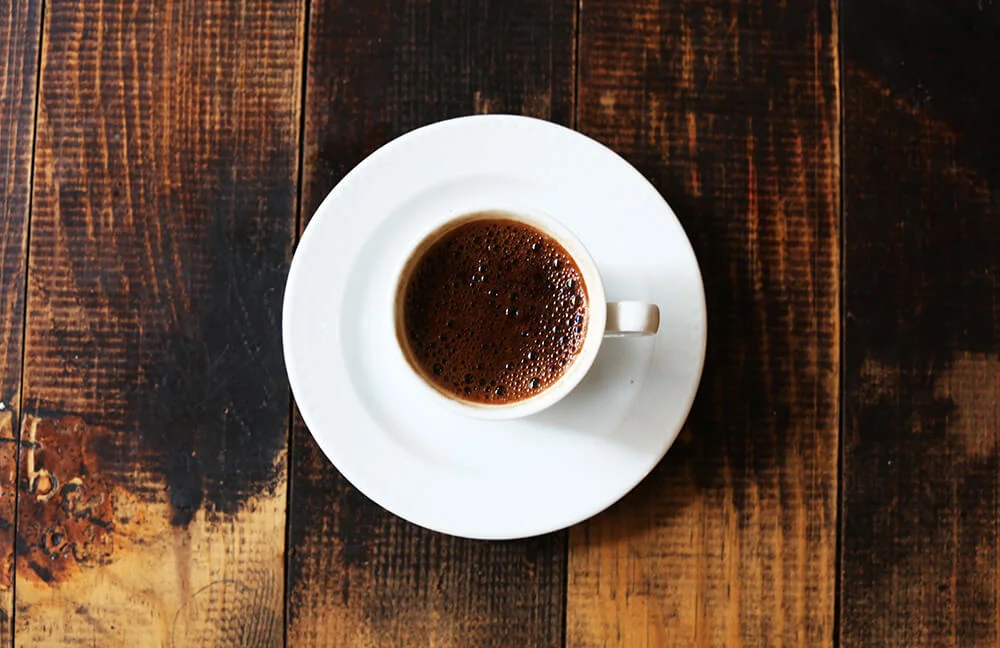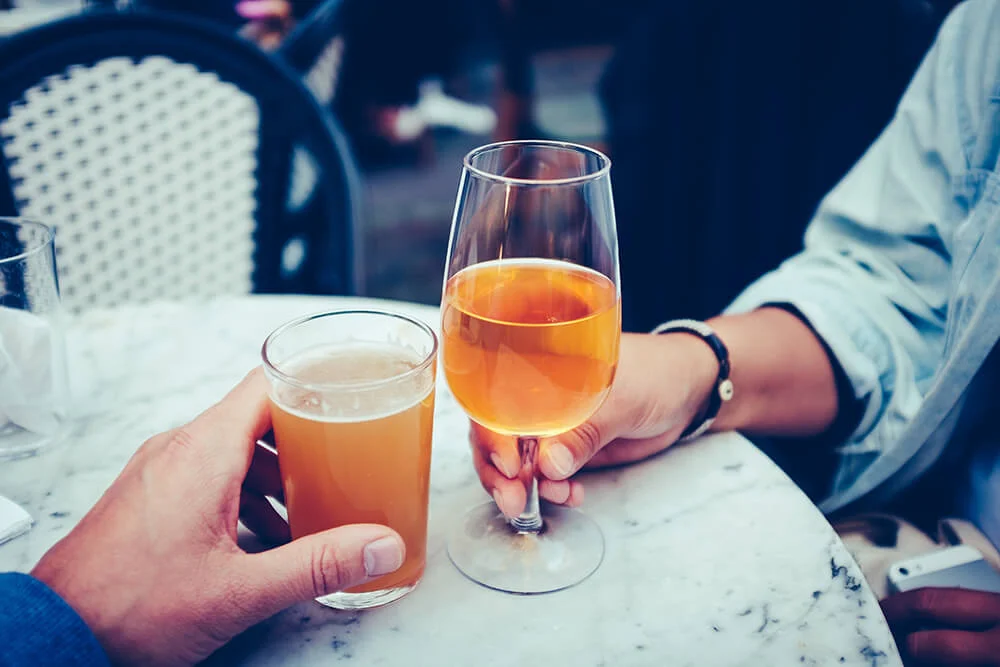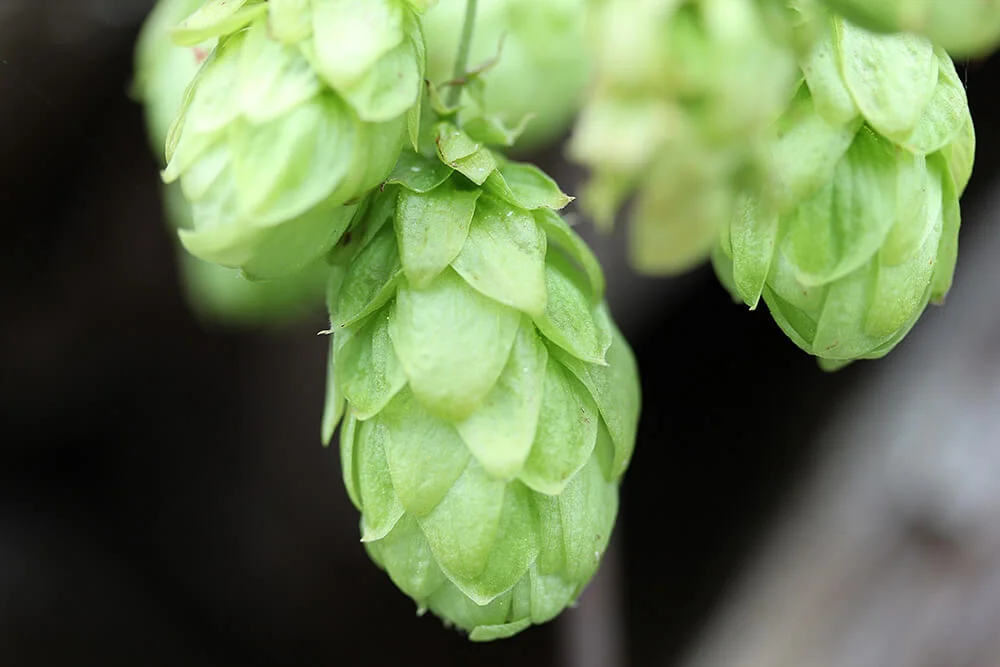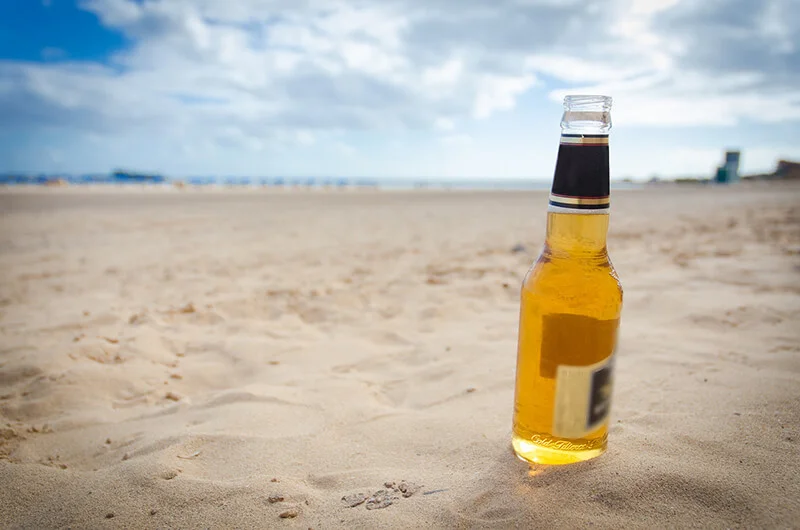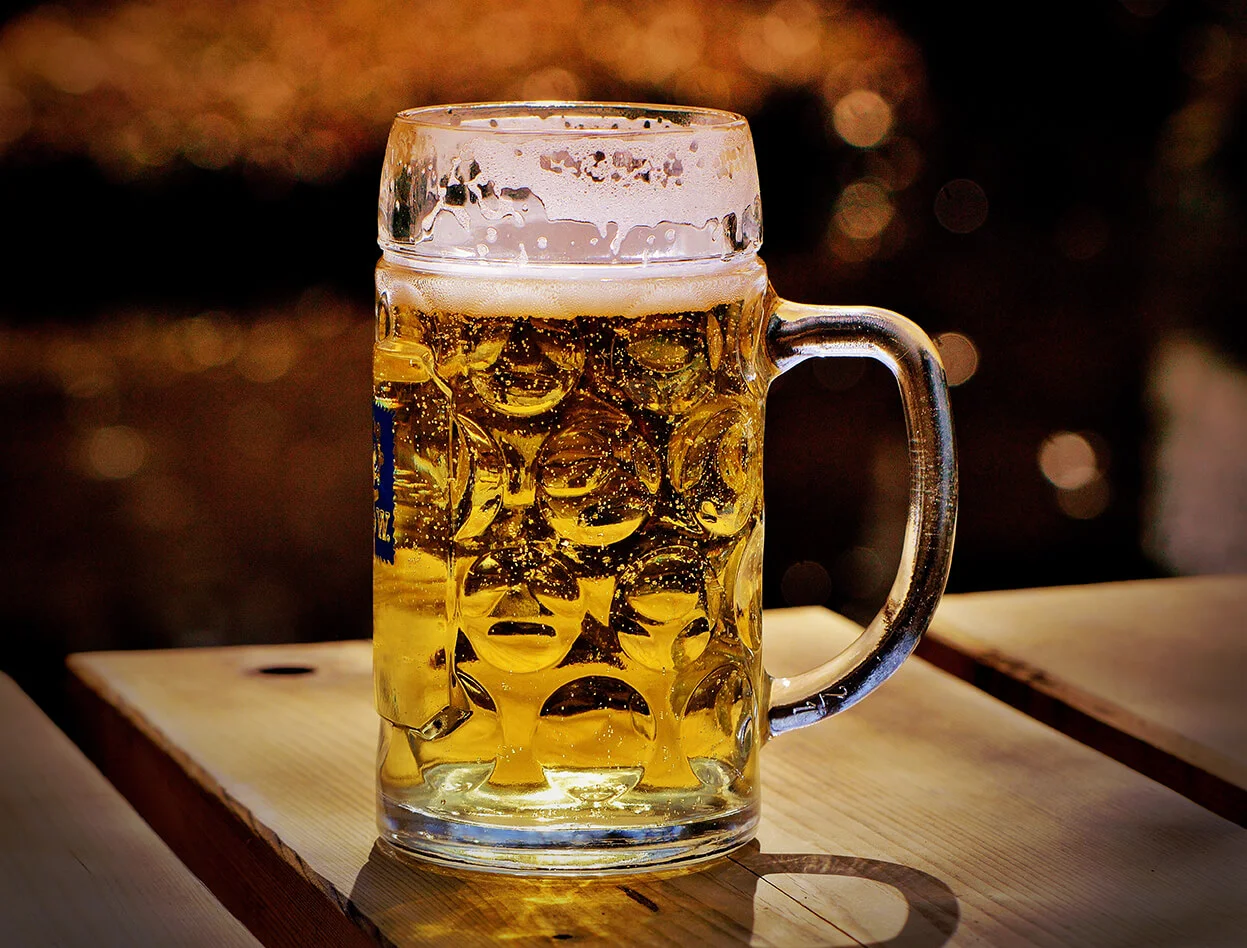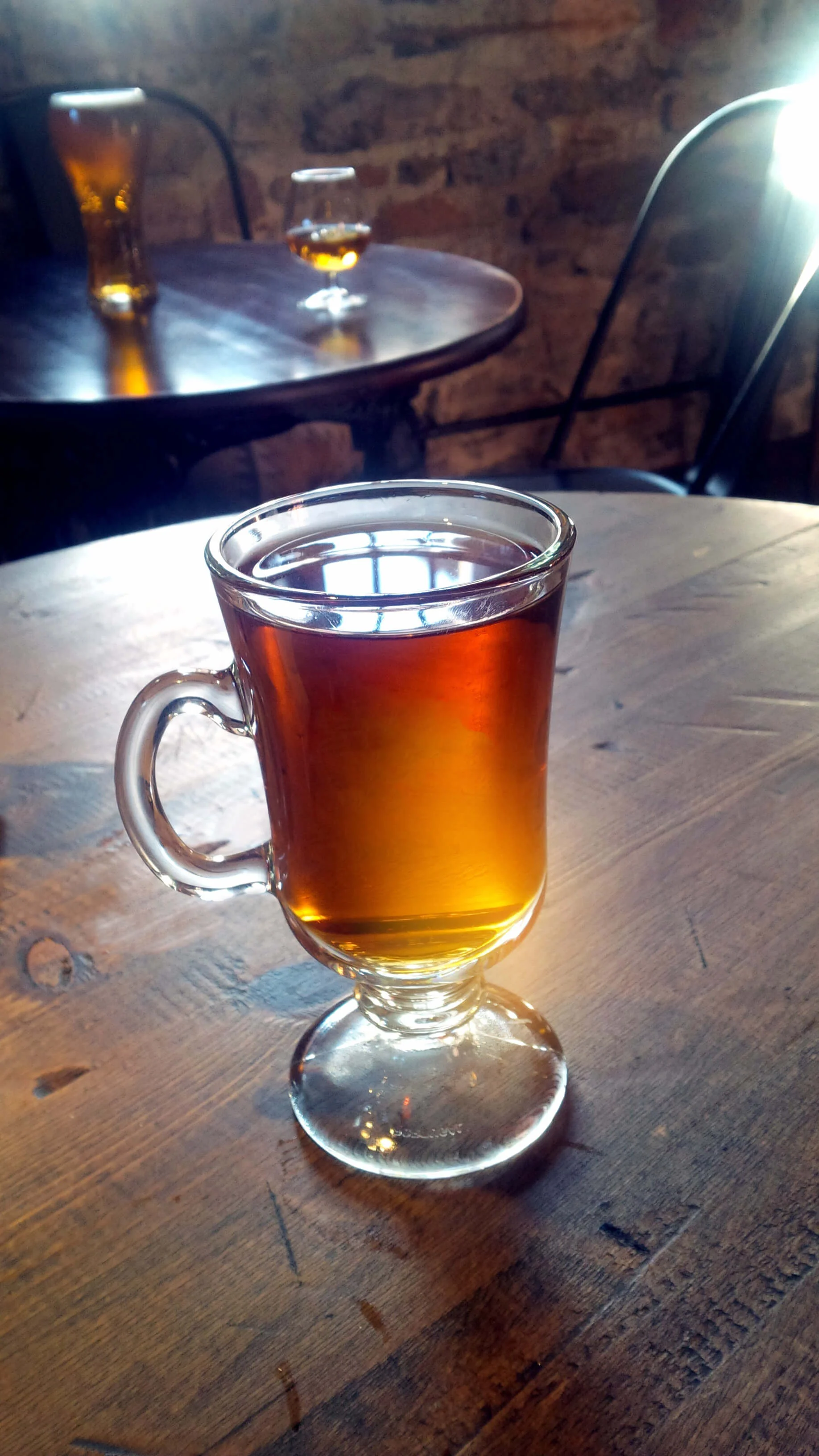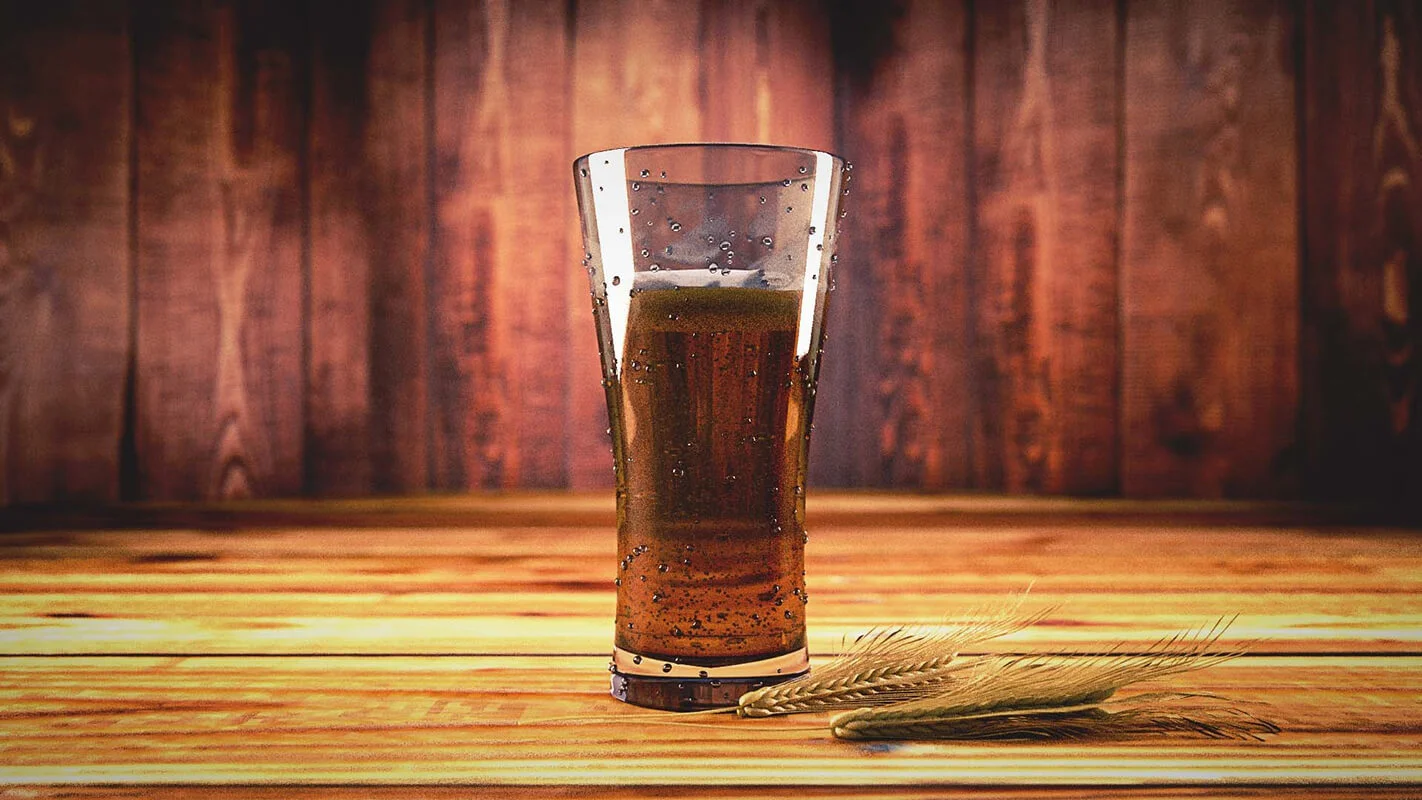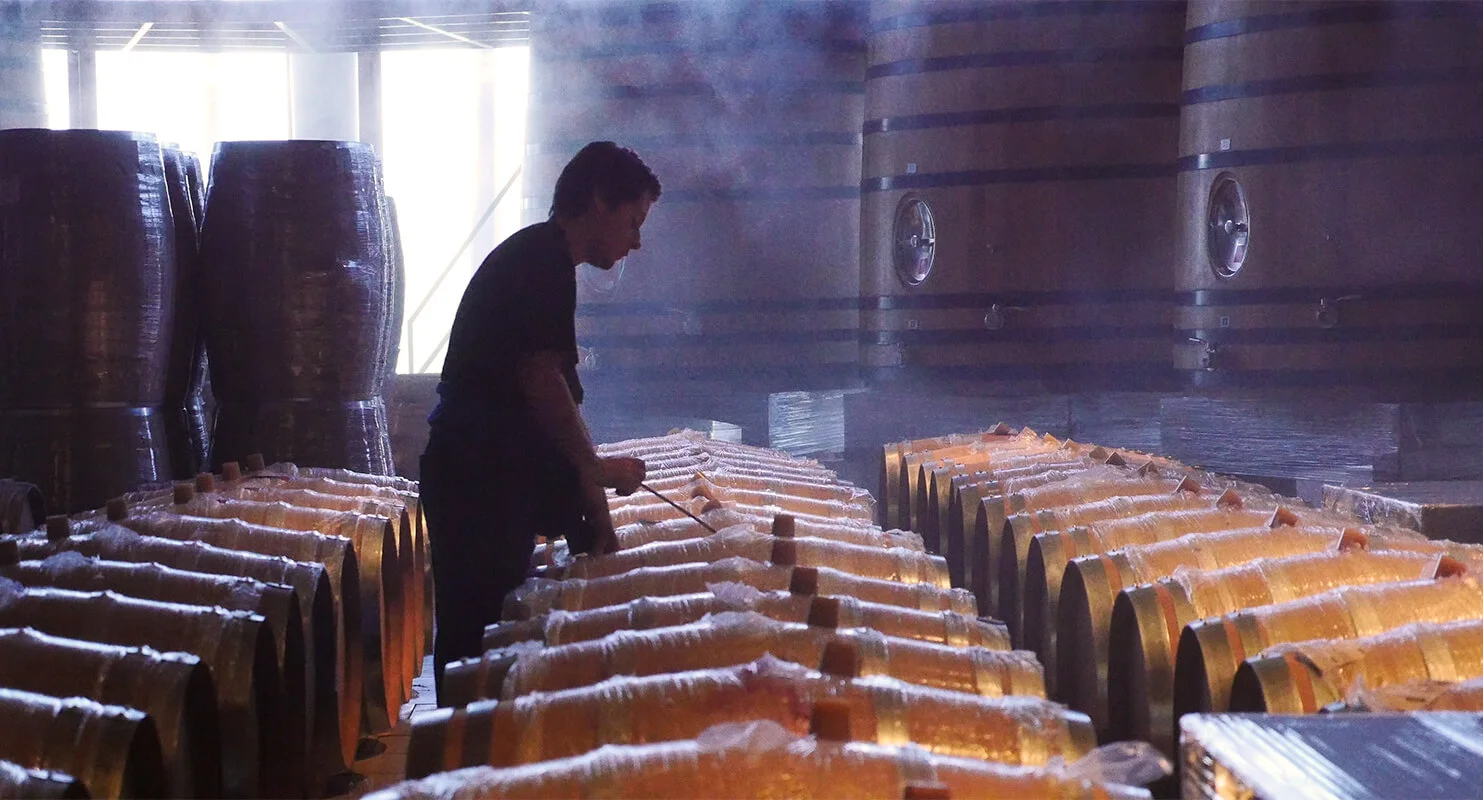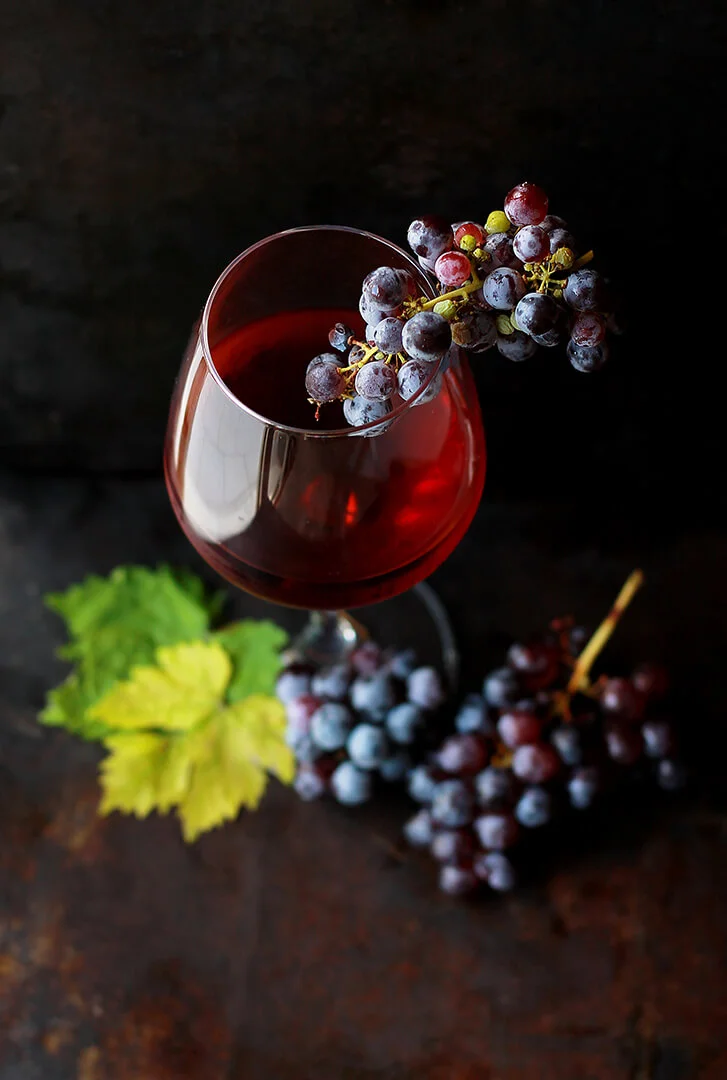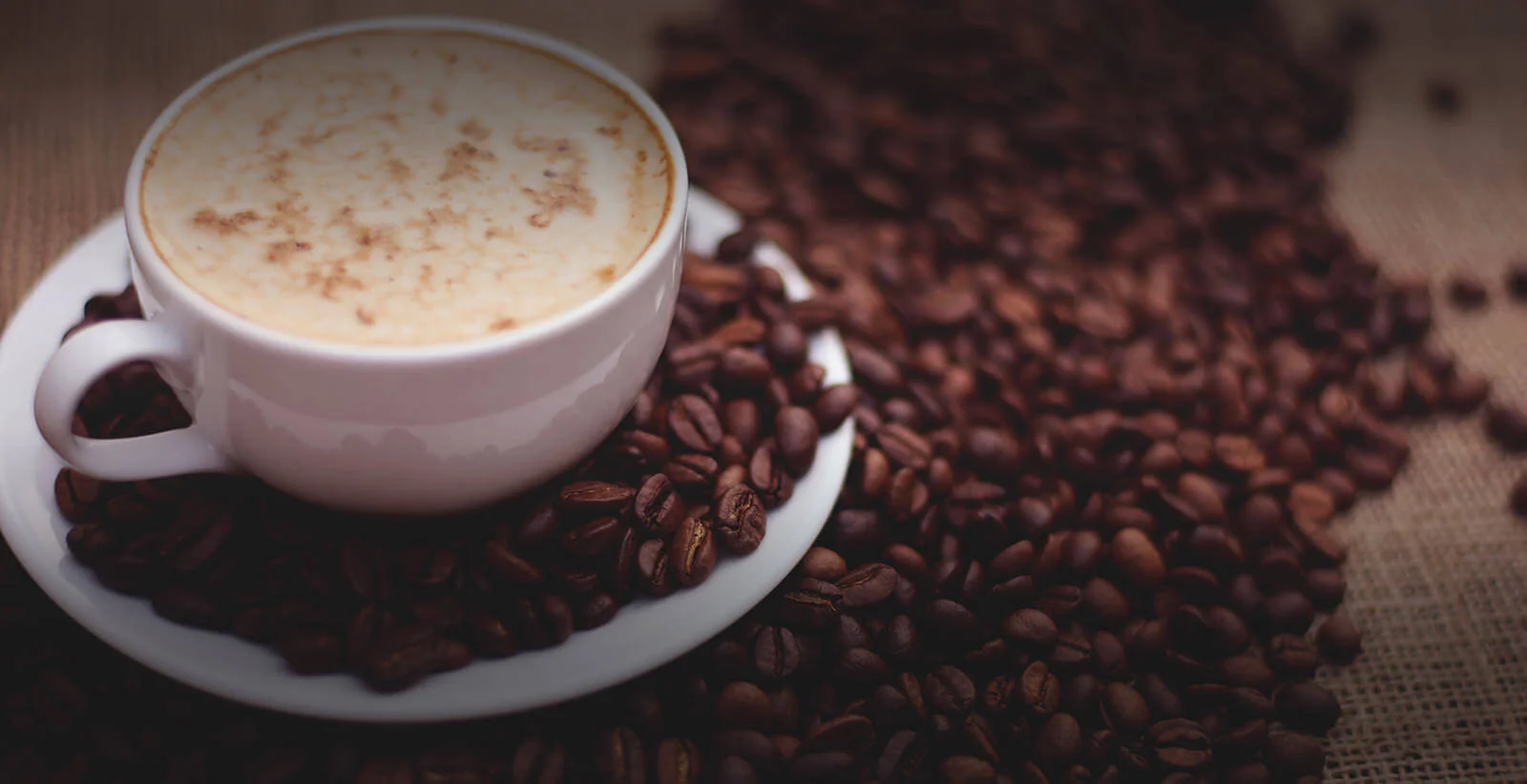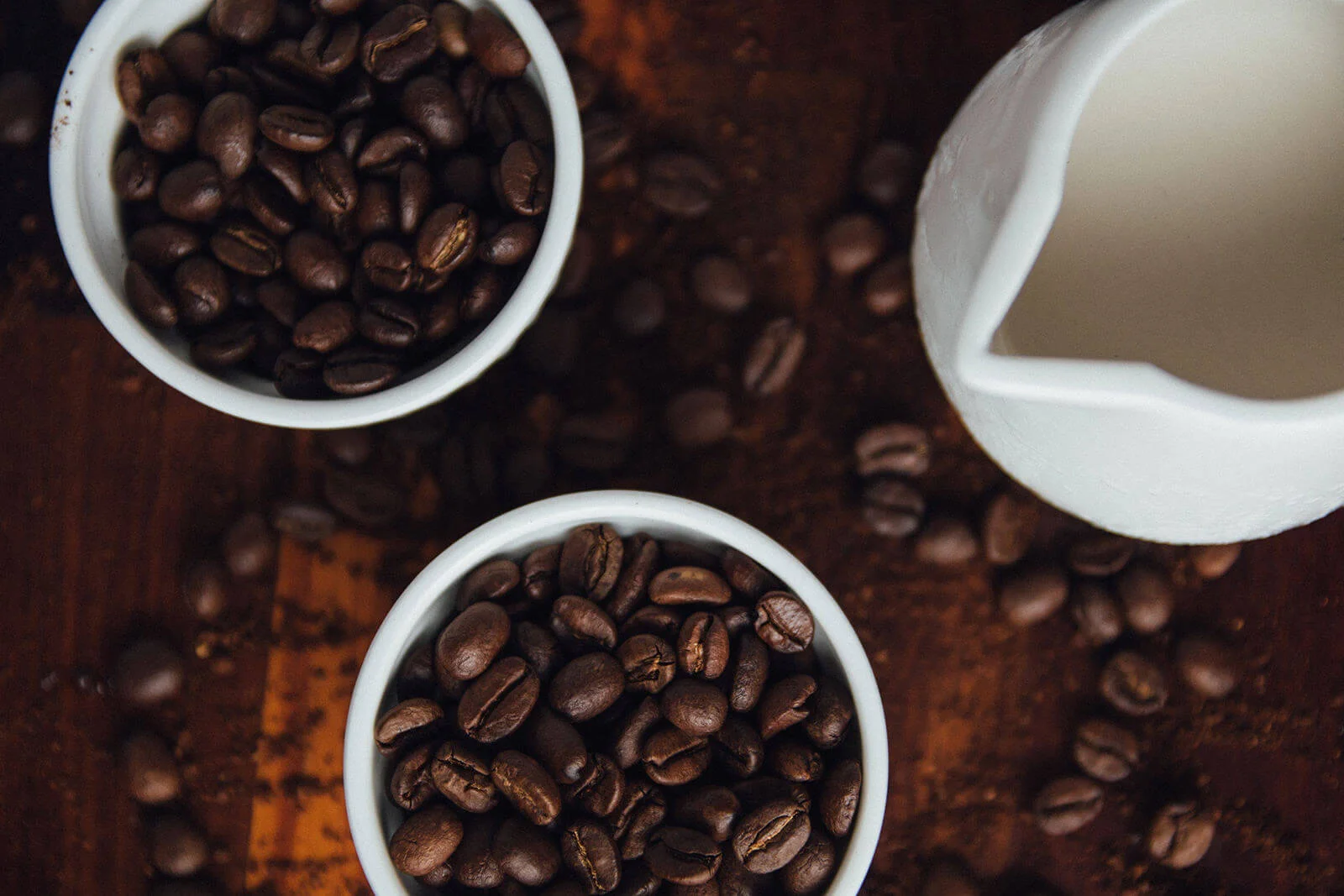Drink Trends
Wine, Cider, Beer, Spirits, Coffee
To say that hard cider has been making a comeback is an understatement. In the U.S. alone, the hard cider market has increased more than ten-fold in the past decade, with sales reaching $1.5 billion in 2017.
With the demand for locally-grown malting barley expected to outpace the acreage now under cultivation, research and education to assist the farming community in meeting the anticipated demand is one critical key component to the success of the re-emergence of locally-grown malting grains.
Just when you thought coffee couldn't get any more complicated, urban hipsters and other java aficionados are propelling the coffeehouse scene into its "Third Wave," a movement that's gaining momentum as more consumers seek out craft coffee brews much as they do with beer and wine
The US is still seeing significant wine sales growth; it is the highest wine consuming country by volume, drinking 341.5 million nine-litre cases in 2016.This is expected to rise 4.9% by 2020, to 358.3 million cases, according to a report released this week by trade show Vinexpo and drinks research firm The IWSR.
Millennials drank around 159.6 million cases of wine last year [2015], an amount that surpasses any other generation.This would amount to 42% of all wine drunk in 2015, and on average, millennials—those born between 1980 and the late 1990s—are downing around 3.1 glasses a sitting, according to a new report by the Wine Market Council, and as reported by Wine Spectator.
Compass Rose Brewery is based in North Raleigh, but uses global influences in its brewed creations."Globally inspired, locally brewed" is how brewer Thomas Vincent put it.
Thanks to continued, increased demand for hop-forward beers, hop acreage continues to climb in the U.S. and across the world, even with U.S. acreage nearly doubling in five years.
The return of warm weather means exciting seasonal beer and wine products and promotions.
When it comes to beverage alcohol, summer is truly sizzling. Suppliers and retailers can leverage the hot season to sell more of the quaffs that consumers love, linking the products to holidays, entertaining and unique events.
Foremost among summer beverage alcohol selections are beer and wine.
If anticipated acreage is actualized, then in five years' time, hop acreage in the United States will have practically doubled. Thanks to increased contracts with breweries...
“Culture really starts at the top. There are places that have phenomenal beer and really good food, but if they miss the people element, they won’t be successful. If you don’t engage your employees and they don’t care about the guests, you aren’t going be successful no matter what you do.”
Cider has proven to be the world's fastest growing beverage category over the last 10 years. Compared to the craft beer industry, cider is second only to IPAs.
A major trend in the craft beer industry is a focus on the quality and origin of ingredients. Snyder says that it’s important that cider makers convey this kind of information to their customers.
We try to incorporate a local theme across the board in the business. A connection with the local community extends beyond the name on a label. Nearly 95 percent of the corn and rye and 85 percent of the malt used to produce the spirits is purchased from New York State growers. Our goal is to encourage farmers to grow small grains again.
By 2018, an estimated 1,000 licensed craft distilleries will be in operation nationwide. That’s a crazy increase since 1990 when there were only seven.
Red blends are a hot category in wine these days, with sales up more than 10 percent compared to a year ago. Red blends accounted for 40 percent of all new wines introduced over the past two years, according to the Beverage Media Group.
Craft distilling isn’t just about expanding market share behind the bar. Many distilleries are opening tasting rooms and gift shops, and their impact on local economies can be huge.
Millennials don't like artificial sweeteners. They will drink carbonated beverages, but they want them to be flavored with natural ingredients so they don't feel so bad about it.
Raised on Starbucks coffee, craft beer and the local and organic food and drink movement, American adults currently aged 21 to 34 are willing to explore. They seek out complex flavors and value authenticity, whether in the ingredients, production method or backstory of a product.
The key to getting the most out of a coffee program is finding the right sip, and the right fit. Along with a focus on organic and artisanal-roasted beans, these new producers are uniquely dedicated to their craft. In the quickly expanding world of artisan coffees, new roasters and brewers get into the game everyday.



